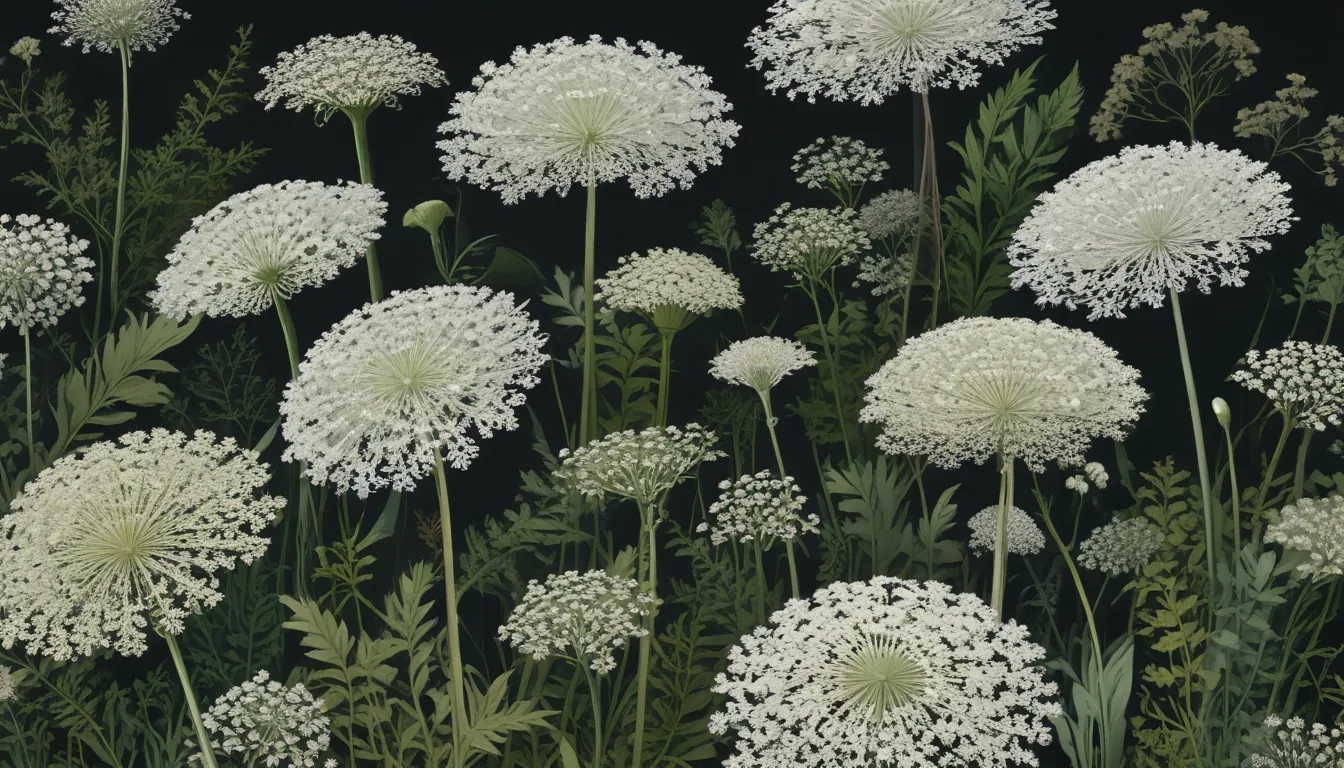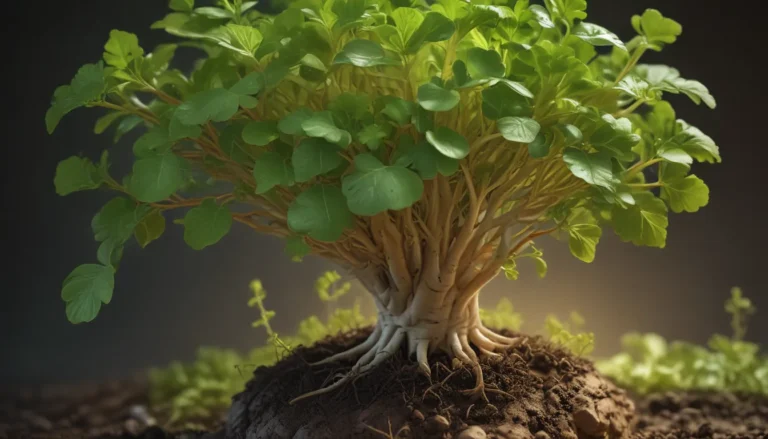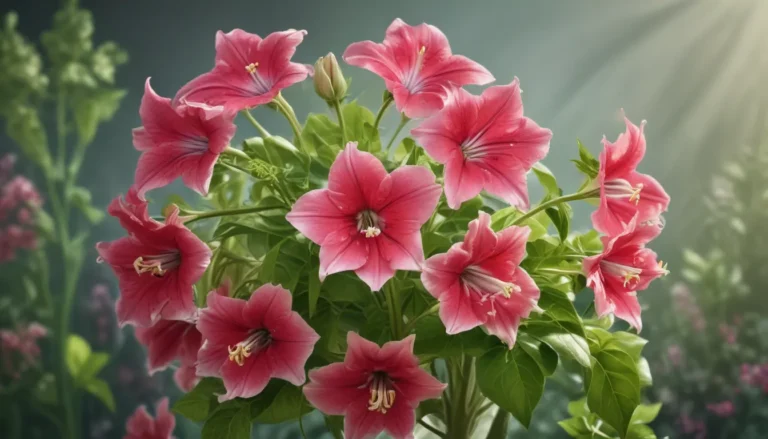The pictures we use in our articles might not show exactly what the words say. We choose these pictures to make you interested in reading more. The pictures work together with the words but don’t take their place. The words still tell you the important facts.
Queen Anne’s Lace, known for its delicate white flowers and intricate lacy leaves, is a captivating plant that thrives in various landscapes. Beyond its visual appeal, this plant holds a rich history and a myriad of interesting traits that make it a fascinating subject of study. In this article, we will delve into 12 enthralling facts about Queen Anne’s Lace that will surely ignite your curiosity and deepen your appreciation for this enchanting plant.
The Origin and Name of Queen Anne’s Lace
Native to Europe and Southwest Asia, Queen Anne’s Lace, scientifically known as Daucus carota, derives its name from the delicate lace-like appearance of its flower clusters.
Identifying Queen Anne’s Lace
Characterized by tall, slender stems reaching up to three feet, Queen Anne’s Lace features finely dissected, feathery leaves and clusters of small, white flowers shaped like umbrella canopies.
Edible and Medicinal Wonders of Queen Anne’s Lace
The young roots of Queen Anne’s Lace are edible, suitable for both raw consumption and cooking. Additionally, this plant boasts medicinal properties traditionally used to address urinary and digestive issues.
Diverse Habitats of Queen Anne’s Lace
Thriving in meadows, roadsides, and fields, Queen Anne’s Lace is known for its adaptability to various soil conditions and climates.
Wildlife Engagement with Queen Anne’s Lace
Attracting a range of pollinators including bees, butterflies, and hoverflies, the nectar-rich flowers of Queen Anne’s Lace also serve as host plants for certain butterfly species.
The Risk of Invasiveness in Queen Anne’s Lace
In some regions, Queen Anne’s Lace poses a threat as an invasive species, necessitating monitoring to prevent its displacement of native plants.
Symbolic Representations of Queen Anne’s Lace
Associated with femininity, delicacy, and natural beauty, Queen Anne’s Lace symbolizes purity and is sometimes referred to as “Wild Carrot” or “Bird’s Nest”.
Exploring the Cultural Significance of Queen Anne’s Lace
Throughout history, Queen Anne’s Lace has made appearances in literature, art, and folklore, adding elegance and charm to various creative expressions.
Crafting Beauty with Dried Flower Arrangements
The intricate, lacy appearance of Queen Anne’s Lace flowers makes them popular for drying and incorporating into floral arrangements, enhancing the elegance and charm of bouquets.
Unveiling the Chemical Powers of Queen Anne’s Lace
Containing essential oils, flavonoids, and terpenoids, Queen Anne’s Lace offers a unique aroma and potential health benefits through its diverse chemical compounds.
The Vibrant Varieties of Queen Anne’s Lace
Cultivated varieties of Queen Anne’s Lace exhibit a spectrum of flower colors, ranging from pink to purple and even red, adding diversity to gardens and landscapes.
Tapping into Nature’s Palette with Natural Dyes from Queen Anne’s Lace
Harnessing the flowers of Queen Anne’s Lace, natural dyes in soft shades of yellow or green can be created, historically employed in textile and fabric dyeing processes.
Embark on a Fascinating Journey with Queen Anne's Lace
Queen Anne's Lace enthralls with its delicate beauty, medicinal properties, and cultural significance. This enchanting flower unlocks a world of captivating facts waiting to be explored. From its origins to its symbolism, each aspect of Queen Anne's Lace reveals a story of wonder and delight. As you encounter this mesmerizing plant in the wild, let these 12 facts enrich your understanding and appreciation for the natural world.
Unveiling the Mysteries of Queen Anne’s Lace: FAQs
- What is Queen Anne’s Lace?
-
Queen Anne’s Lace, also known as Wild Carrot, is a biennial plant with white, lacy flower umbels and feathery leaves.
-
Where can Queen Anne’s Lace be found?
-
Queen Anne’s Lace thrives in Europe, Asia, and North America, flourishing in fields, meadows, and along roadsides.
-
Is Queen Anne’s Lace edible?
-
Yes, Queen Anne’s Lace is edible. The tender roots can be used as a vegetable, and the flowers are suitable for salads or herbal tea.
-
What are some medicinal uses of Queen Anne’s Lace?
-
Known for its diuretic and antibacterial properties, Queen Anne’s Lace roots have been traditionally used to address various health issues.
-
Can Queen Anne’s Lace be invasive?
-
Queen Anne’s Lace can be invasive in certain areas, requiring careful monitoring to prevent its overgrowth.
-
Does Queen Anne’s Lace have any cultural significance?
-
Yes, Queen Anne’s Lace holds cultural significance worldwide, symbolizing protection, femininity, and fertility in various traditions.
-
What is the meaning behind the name “Queen Anne’s Lace”?
-
Named after Queen Anne of England, known for her needlework skills, Queen Anne’s Lace reflects the intricate patterns of fine lace.
-
How can I attract Queen Anne’s Lace to my garden?
-
To attract Queen Anne’s Lace to your garden, plant the seeds in well-drained soil with ample sun exposure, monitoring its growth carefully.
-
Is Queen Anne’s Lace toxic?
-
While parts of Queen Anne’s Lace are edible, caution must be taken to avoid toxic lookalikes like Hemlock. Consult reliable sources when foraging wild plants.
-
How do I identify Queen Anne’s Lace?
- Recognizable by its white flower clusters, feathery leaves, and carrot-like scent when crushed, Queen Anne’s Lace stands out in natural landscapes.
Conclusion: Delve into the Beauty and Riches of Queen Anne's Lace
Queen Anne’s Lace stands as a beacon of natural beauty, offering a tapestry of enchanting details and beneficial properties. As you explore the realms of this captivating plant, may its allure spark curiosity and admiration for the wonders of the botanical world. With each encounter, let Queen Anne’s Lace unveil its mysteries, from its origins to its uses, weaving a story of elegance and fascination for all who seek to uncover its hidden treasures.






